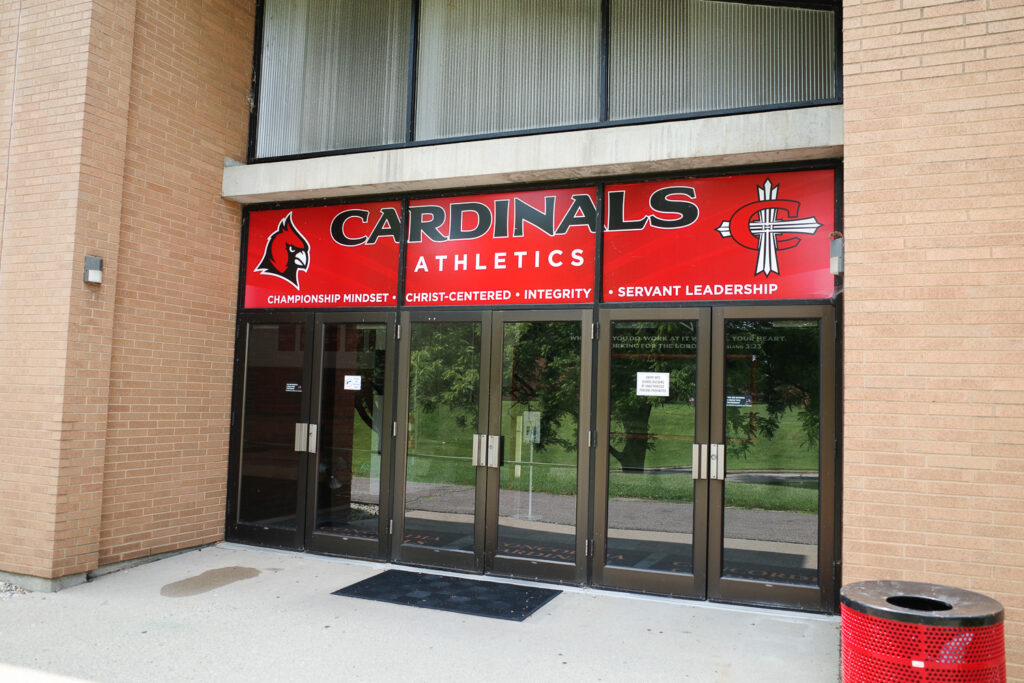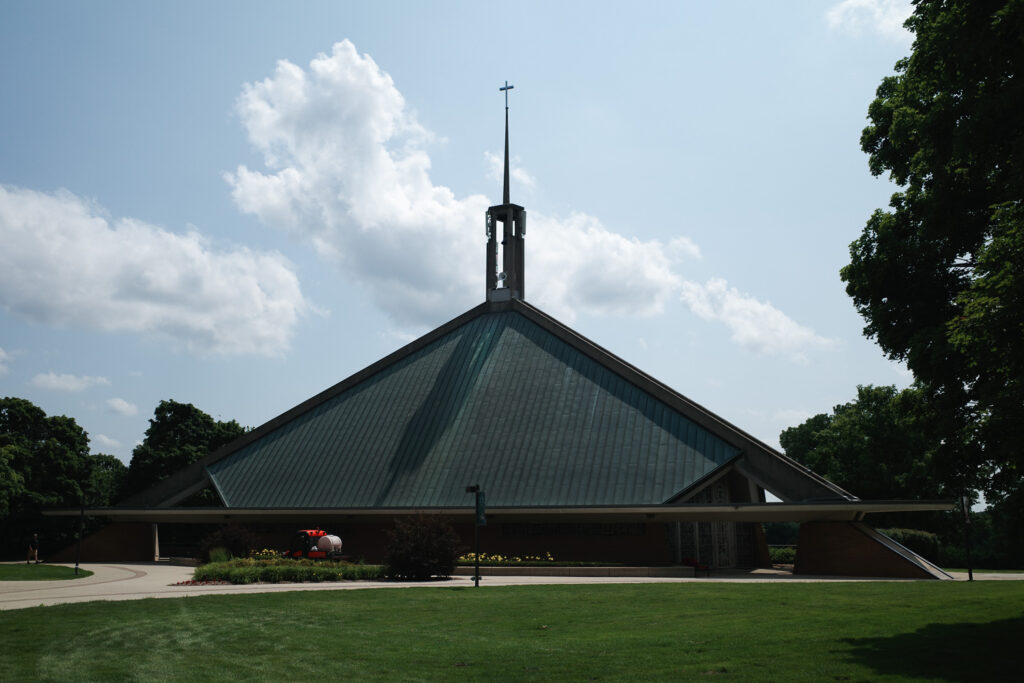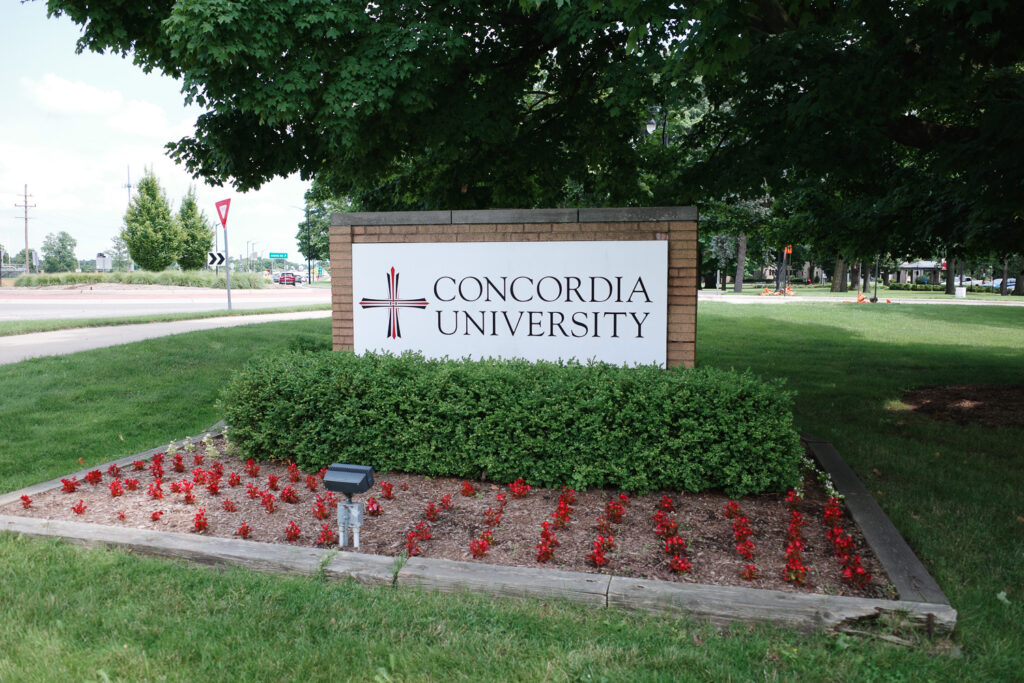Concordia University Ann Arbor is downsizing. It’s closing its doors as a residential campus, shrinking 53 residential programs down to just seven. The only programs remaining on campus are undergraduate programs in diagnostic medical sonography, nursing, radiology technology, and rehabilitation science; and graduate programs in occupational therapy, physical therapy and physician assistantship. Direct, pragmatic medical programs only—arts and humanities and athletics are gone.
Concordia is a lesson in what happens when the dream of higher education dies, and ironically, it’s a vision of a brighter, more honest future for American college students.
You can trace the entire history of American academia across the last half century in the example of Concordia Ann Arbor. It began as a junior college in 1976, a satellite campus from the main Concordia University in Wisconsin, with only 236 students in two-year programs. It grew into a full university campus as the higher education bubble built up over the decades and reached a peak in the 2017-18 academic year, with over 1,000 students on campus.
Now the bubble is popping. Small colleges and universities across the board are feeling the weight of a decades-long decline in birth rate. The overall number of college students has peaked, and this demographic pressure is driving campus closures. The impending 10% to 15% enrollment decline across the board is proving catastrophic for the little guys.
Even the big schools are threatened. I was privy to some internal deliberations inside a major state university system at the onset of the pandemic. Administrators were estimating a 20% decline in enrollment and total financial catastrophe, potentially even the death of the university. The shift to online education saved them; students remained enrolled, the decline wasn’t as severe as expected, and the school weathered the storm. But the threat remains, and it’s forcing smaller colleges especially to tighten their belts, and, in many cases, shut their doors.
Concordia, for example, is essentially going back to its origins, a purely functionary satellite campus with a smattering of medical programs. It’s abandoning the frivolous auspices of being a full-scale university in order to focus on the few programs that make financial sense. You can read the writing on the wall, though; this won’t last forever, and they’ll inevitably close the campus entirely. No one wants to live in a tomb.

The campus felt empty on my visit, normal for summer, but there was a pall nevertheless. Two men carted books and equipment out of an academic building, loading it into moving trucks. Libraries, the chapel, and especially the academic buildings, all completely empty. Concordia had an active athletics program, boasting two straight women’s softball championship wins in the National Christian College Athletic Association in 2023 and 2024. That team is entirely gone now, and with it any mystique students felt about their participation in a small but unique institution.
Banners still hung on campus, strewn across the light poles, imploring students to “Live Uncommon.” Portraits of carefully chosen, demographic unique individuals accompanied them. Deliberate marketing—small colleges can’t possibly compete with the big boys on any metric, so they promote their own uniqueness. They tell students and applicants something like, “We may not be as competitive as the big schools, we may not have as much to offer you, but you can feel a special sense of uncommon identity if you attend here.” Totally necessary for a school with a 70% acceptance rate. If practically anyone can get in, attendance must be framed as a deliberate choice, not a result of exclusivity.

Academia, like just about everything in America, exists as a sort of confidence game. No one wants to buy a stock they think will go down. Students don’t want to attend a college in decline. Some will, out of necessity, engage in degree-granting programs at institutions with zero prestige. But there’s no dream there, and higher ed runs on dreams.
Ask the forlorn students of Concordia Ann Arbor. “You thought you would get four years at the school you dreamed of,” said a dismayed star player on their championship women’s softball team. “They don’t care about us.” She’s more correct than she knows; higher ed has long succeeded in marketing itself as more of a dream, an aspiration of the particularly American collegiate lifestyle, than as a purely educational enterprise.
In my own professor days, I heard similar remarks from students. They ascribed an almost mythical sense to the circumstances that led them to attend this small, niche college. A journey of internal individuation, long fated and dreamt of, the only possibility for making them into the adult they were becoming and living the life they desire. Very rarely did they ever mention financial matters, strength of degree programs, or anything pragmatic at all in reference to their choice. To even discuss that would sully the dream, and the dream is paramount.

Students seek out institutions that indulge their particular dreams, that give them a distinct sense of identity as students and alumni. The University of Michigan, that behemoth down the road from Concordia, has succeeded in this for decades, with nearly 668,000 alumni still proud to bleed maize and blue. There’s a real sense of identity as a U-M alumnus, and this is a real draw for applicants. While small schools like Concordia struggle to meet enrollment, U-M receives record numbers of applicants every year, even while admitting 10,000 more students over the last decade. The rich get richer, the poor get poorer.
The thing is, the dream is mostly fake. Ask any recent grad. Most leave with a sense of resentment after the first glance at their student-loan bill. Sure, living that college dream is fun, and it’s rad going to a cool university, but for hundreds of thousands of dollars? You’re not just paying for an education, you’re paying for prestige and four years of college life.
The small schools can no longer guarantee this, and it sows the seeds of their demise. In the worst case, as with Concordia, your campus closes. Your “dream school” is defunct, the memories tainted, the illusion shattered. Why else would students care so much? Why does it matter? Their degree still counts, they still have the piece of paper. It matters because it was always about more than that.
Faculty have no such illusions. You take the best job you can get. It’s more on the order of chaos, randomness, and entropy, than anything mythically fated. You get an offer or two, you consider your options, you make a decision that benefits you most. Academia does students a major disservice by treating them any differently, by filling their heads with marketing about their “dream college” and similar drivel.
The academic hierarchy exists not just as a power structure, but as an elaborate system of myth-making. The mystique perpetuates it. It’s what drives undergraduates to pay hundreds of thousands of dollars of borrowed money to be essentially bullied around by faculty for four years. Concordia Ann Arbor is a lesson for what happens when the dream fades away.
Students will mourn it, but they really should rejoice. This is the most honest lesson they’ll learn in their entire education. It’s the only path, really, toward the brutal reckoning sorely needed across higher education. Pop the bubble, let the dream die. What emerges on the other side will be more honest, and more beneficial for students, educating them and building them up in ways that will truly improve their lives and careers, not just filling their heads with expensive dreams and sticking them with the bill.
Bobby Mars is an artist, alter ego, and former art professor. Follow him on X at @bobby_on_mars.



